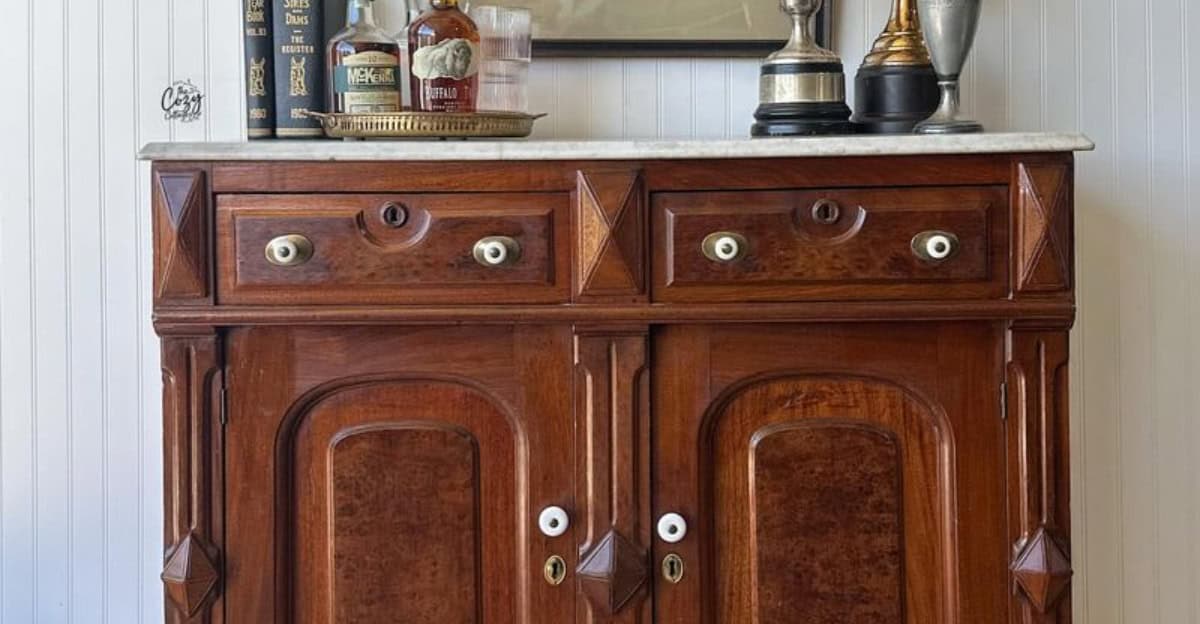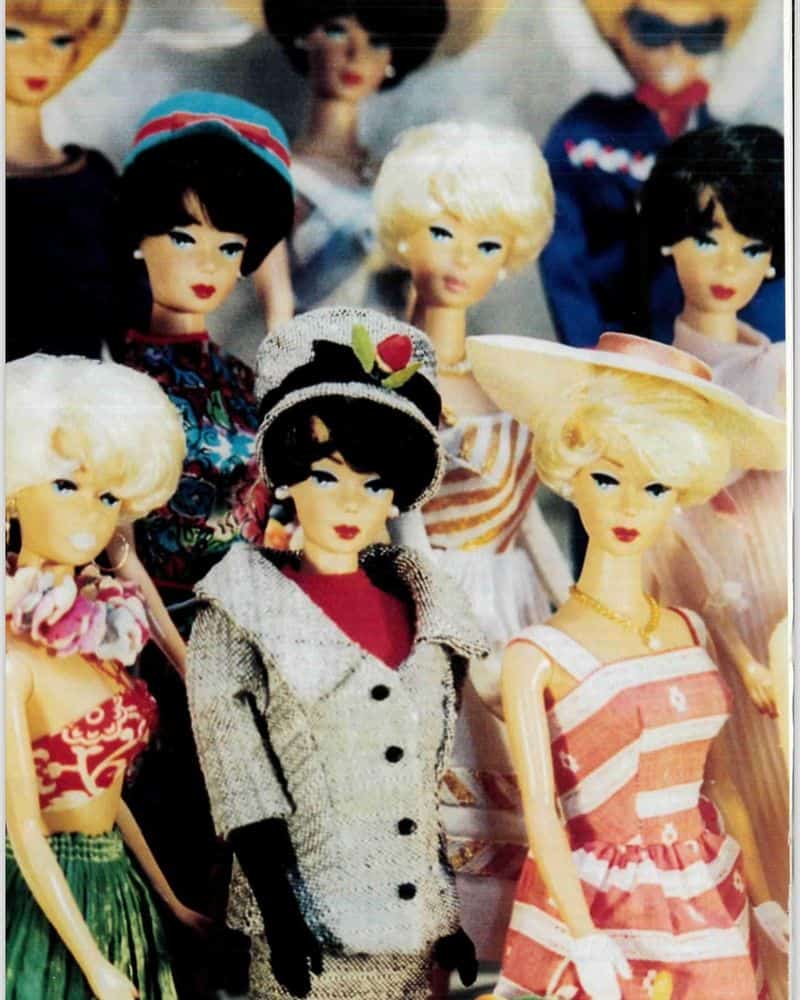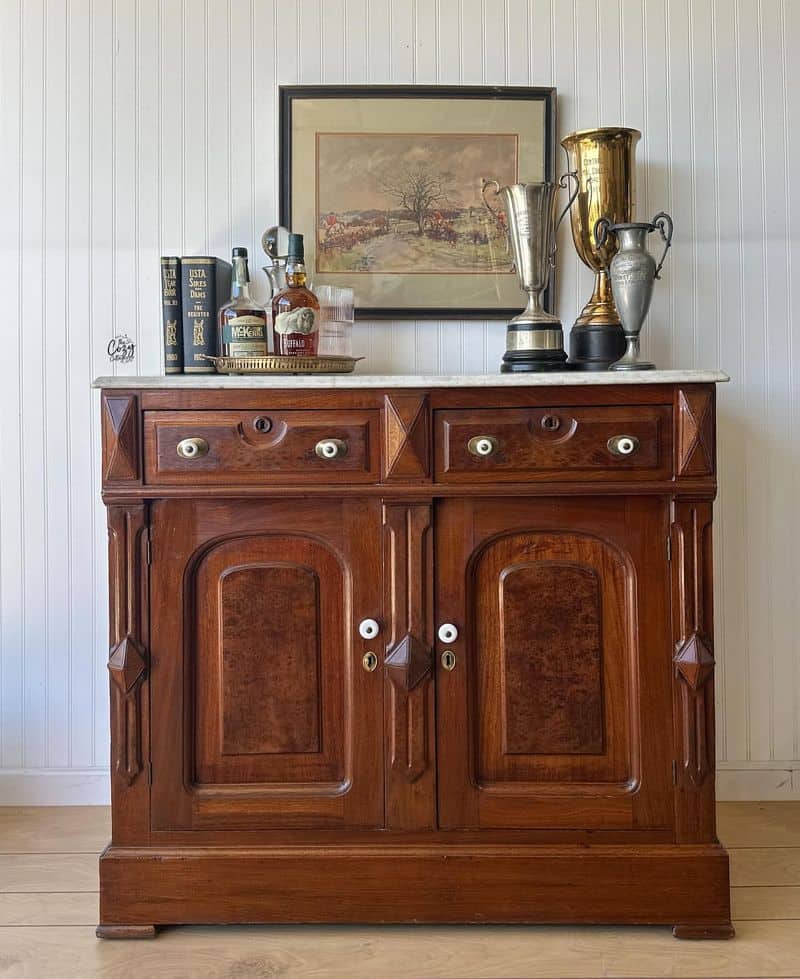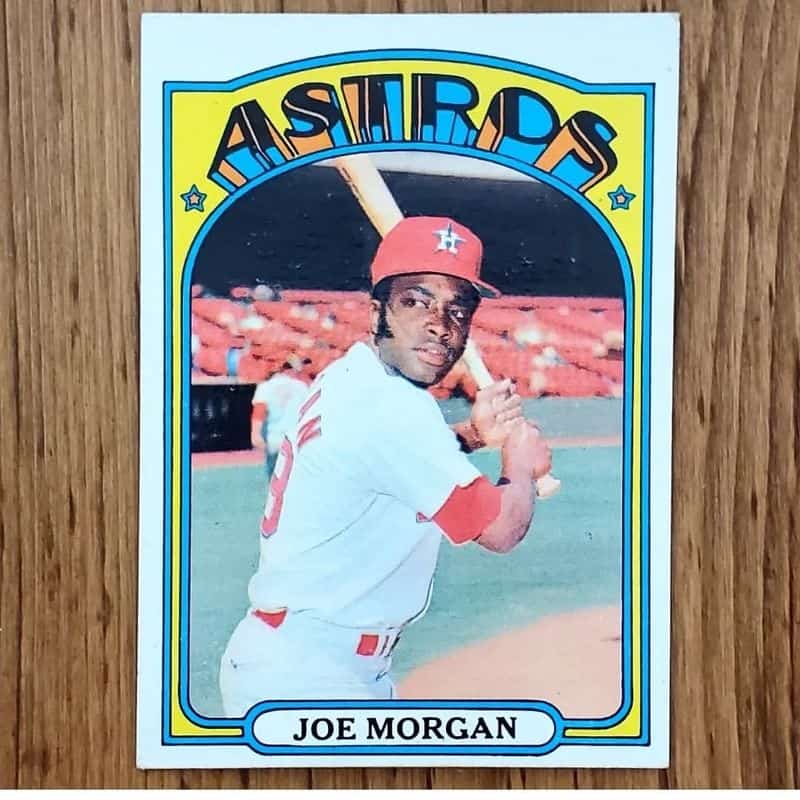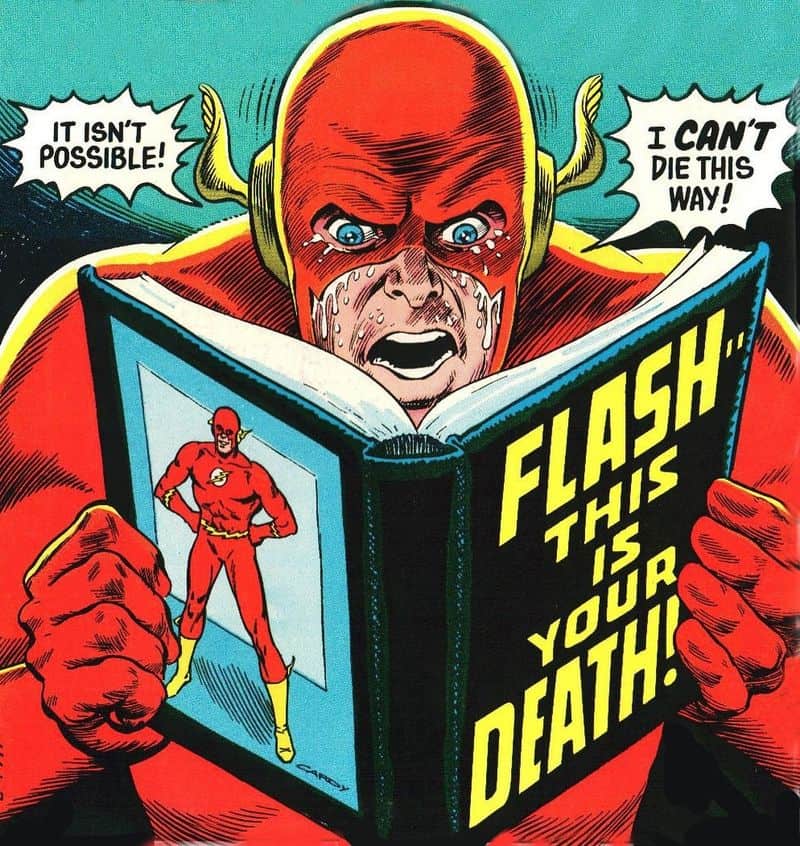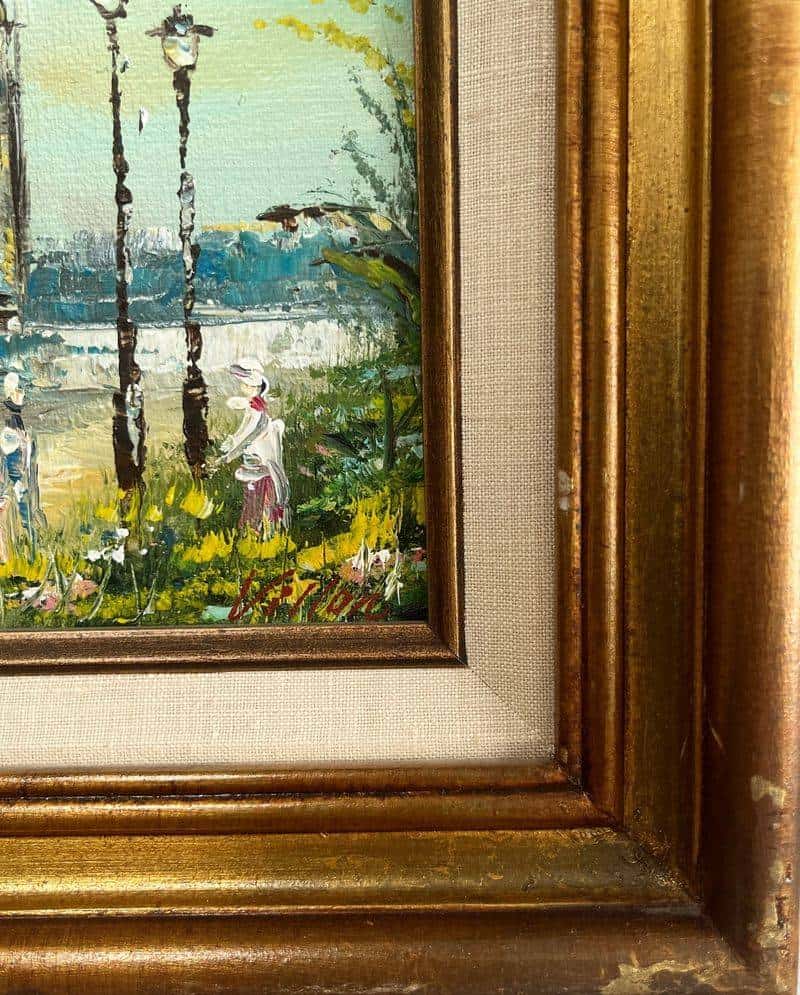In the world of antiques, not everything old is gold. While many pieces hold substantial value, others aren’t worth much more than their sentimental value.
This article explores 6 items that, despite their age, don’t fetch much on the market today.
Whether you’re an avid collector or just cleaning out the attic, knowing what to treasure and what to toss is crucial.
1. Barbie Dolls
Vintage dolls might seem like cherished collectibles, but many are surprisingly worthless today. The market is flooded with mass-produced dolls from the mid-20th century.
Despite their charming appearances, most don’t hold significant monetary value.
Collectors seek rare, pristine-condition dolls, often made by renowned manufacturers. Unfortunately, those old dolls gathering dust in the attic likely fall short of these criteria.
If you’re hoping to cash in, focus on finding dolls with unique features or historical significance.
While sentimental value is undeniable, understanding the current market trends can save you from disappointment.
2. Furniture That Isn’t Made by Historic Designers
Generic furniture, despite its age, often lacks value unless linked to iconic designers. Many pieces from the 20th century are common, with little resale value.
The allure of mid-century modernism has some tricked into overvaluing generic pieces.
Buyers today are drawn to names like Eames or Noguchi. Without a famous designer’s touch, furniture is often just furniture. Focus on preserving designer pieces, as those may appreciate over time.
If you’re redecorating, consider the style rather than age or supposed antique status, ensuring both aesthetic pleasure and investment potential.
3. Baseball Cards
Baseball cards once symbolized childhood treasures, but most post-1970 cards hold little value. The overproduction of cards during the 80s and 90s led to a market glut.
Rare, vintage cards in mint condition still fetch a price, but your average collection probably isn’t worth much. It’s crucial to assess the card’s rarity and condition before expecting a windfall.
For budding collectors, focus on acquiring cards from earlier decades or seek limited editions. Understanding the market’s nuances will guide you in making better investments.
4. Comic Books that Came After the ’50s
Comic books from after the 1950s are often not the goldmines people assume. The 60s and onwards saw mass production, diminishing rarity. While iconic series still have value, most collections don’t.
Investors seek first editions, rare issues, or unique features. If your comics don’t meet these demands, they may not yield much. The key is knowing what the collectors want and focusing efforts there.
For comic enthusiasts, the joy often comes from reading rather than selling. Understanding the market can guide your collecting strategy more effectively.
5. Battered Books
Battered books hold stories but not necessarily value. Book collectors prioritize condition, rarity, and historical significance. A first edition can be valuable, but not if it’s falling apart.
The market is flooded with common, worn-out books, which rarely attract buyers. If you’re hoping to sell, ensure your books are in the best possible condition.
While reading old classics is enjoyable, expecting financial gain from their sale might lead to disappointment. Focus on preserving books that meet collector standards.
6. Mass-Produced Paintings
Mass-produced paintings, despite being aesthetically pleasing, generally lack significant value. Originals or limited editions are what collectors seek.
Many homes feature decorative art, but these pieces are often valued only for their visual appeal. If buying art as an investment, focus on unique works by emerging artists.
Understanding the difference between decorative art and investment pieces can guide your purchasing decisions, ensuring both enjoyment and potential future profit.

